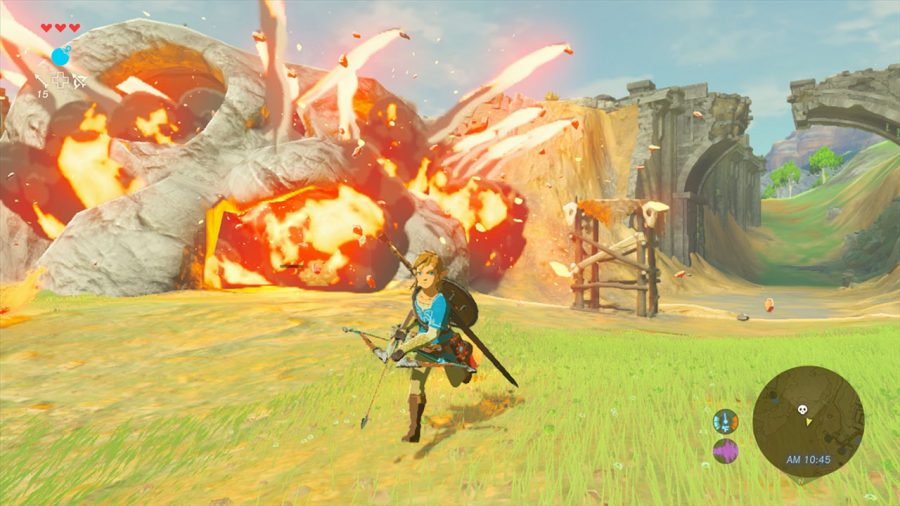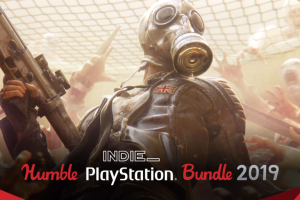In an already infamous “it’s not about the specs” type of manifesto, Nintendo of America President and COO, Reggie Fils-Aimé, showed that the more things change with Nintendo, the more they stay the same.
While it’s true that almost every Nintendo system post Super NES has not featured the most technologically competitive overall hardware on the market, it was really only with the release of the Wii that Nintendo got downright aggressive with bucking competitive technological trends. While the Wii was fortunate to tap into an unprecedented response from casual buyers to go on to sell more than 100 million units, the Wii’s follow-up, the Wii U, will go down in history (for now) as Nintendo’s second worst-selling platform after the Virtual Boy, whose lifespan was counted in months, rather than years.
We all of course know the myriad reasons why the Wii U failed to sell, so I won’t repeat them here. It’s nevertheless important for Nintendo not to repeat many of those same mistakes with the NX, and there were certainly signs that the company was in fact on the right path. The “specs” comment certainly doesn’t instill confidence, however. While it’s 100% true that specs aren’t the end-all, be-all, they do matter, particularly after your competition announced their own updates to their existing strong selling platforms and you’re starting over from scratch (and rightly so; and I still say the NX is going to replace the 3DS as well, which is aging out of its natural commercial lifespan).
In any case, one of the factors in the Wii U’s demise was timing, which was related to Nintendo gambling on the Xbox 360 and PS3 being well supported for longer than it turned out they were. This was because the Wii U was, if programmed properly, slightly more powerful than the Xbox 360 and PS3. However, with the release of the PS4 and Xbox One, its power was definitively eclipsed. With the quick success/traction of both the PS4 and Xbox One, the software markets for the Xbox 360 and PS3 slowed sooner than expected, and with sluggish sales of the Wii U it suddenly became unappealing for third parties to develop new properties for anything other than PC, PS4, and Xbox One.
Now, Nintendo is in a similar situation with the NX, which is set to release in March 2017, as they were with the Wii U, with both Sony and Microsoft announcing a new PC-like console upgrade cycle for their present platforms, where all games will run on all models, but some models will perform better than others, e.g., higher resolution, higher frame rate, VR support, etc. [see Xbox One S and Scorpio, and PS4 Neo]
Nintendo’s timing certainly may hurt them again with the NX, although if they create a platform that’s at least a little more powerful than the present PS4 (which is this generation’s best-seller, by far), then they should have no issues receiving third party support with all other things being equal (market reason to do so, etc.). After all, more or less in Microsoft’s and Sony’s own words, the present Xbox One and PS4 will be the minimum spec for all new platform games going forward to target. While there will be one or two more powerful models on each platform to worry about within the next few years, if they indeed follow the PC model, those games will still be playable, albeit with a reduced experience (lower resolution and maybe 30fps versus 60fps, as just two key examples) compared to their mid- or upper-tier options. Even if the NX falls somewhere between a low- and mid-tier option on the competing platforms in terms of power, that will still make it a viable base for third party support targeted to the various (technological) models of PC, Xbox One, and PS4.

With its incremental improvements, Microsoft’s Xbox One S is the first release in a new way of doing console business.
Again, though, that’s obviously with all other factors being equal. If the NX fails to gain sufficient market traction like the Wii U, then the third party support won’t really be there anyway. It goes without saying that the NX needs to gain as much traction as possible prior to the release of the PS4 Neo and Xbox One Scorpio (both almost certainly being code names). The Wii U failed to do that in the year prior to the release of the PS4 and Xbox One, and we know how that turned out.
Regardless, with the NX, Xbox One, Xbox One S, Xbox One Scorpio, PS4, and PS4 Neo (and likely even another PS4 model since the PS4 Neo may hit as early as this year) all in play by the end of 2017 (and of course the ever present PC and mobile), it’s going to be a heck of a year. Hopefully Nintendo does indeed offer a new (and compelling) way to play via the NX and we have a healthy three-horse console race.






 Your total news and information resource for all things Science, Technology, Engineering / Mathematics, Art, and Medicine / Health.
Your total news and information resource for all things Science, Technology, Engineering / Mathematics, Art, and Medicine / Health.
Leave a Comment